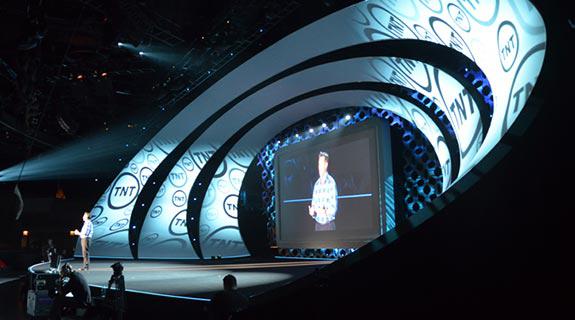The arrival of upfronts in recent years has been accompanied by a corresponding round of hand-wringing about whether the traditional pitch-fest to advertisers has outlived its usefulness.
But there seems to be growing consensus this year that as the industry evolves, with viewers—and ad dollars—shifting to new platforms, there is still a vital role for the presentations as advertisers try to sort out where exactly to target their dollars.
The reason? It’s all because the upfronts were never about the advertising; they are about content, writes AdWeek‘s Mark Joyella:
“Networks announce schedules, then agencies rush back and debate bids on the schedules, with the pressure of knowing there is scarce content and plenty of demand. And that process hasn’t changed so much as it’s evolved. Marketers still have a need for premium content, whether it’s on CBS, ESPN, Food Network or Netflix.”
These days, the big conversation coming out of the upfronts will be about premium content, rather than just the Big Four and their fall lineups, Joyella writes.
Improvements in data collection and targeting have allowed the the big media companies to roll out new sales products that slice and dice their audiences across channels and platforms.
And while some companies have ditched the traditional upfront in favor or tailored pitched to advertisers in key cities like New York and Chicago, there is still a place for the big dog and pony show in New York, if only to help position the overall channel brand for the year.
Read More: AdWeek
Brief Take: It’s becoming increasingly clear that shifting viewer habits won’t kill the upfronts, they’ll just force the presentations to evolve as advertisers focus more on premium content, year-round offerings and branded integrations.
Photo: The stage at TNT’s upfront presentation to advertisers in 2014 at Madison Square Garden, New York.
Tags:













































__twocolumncontent.jpg)











